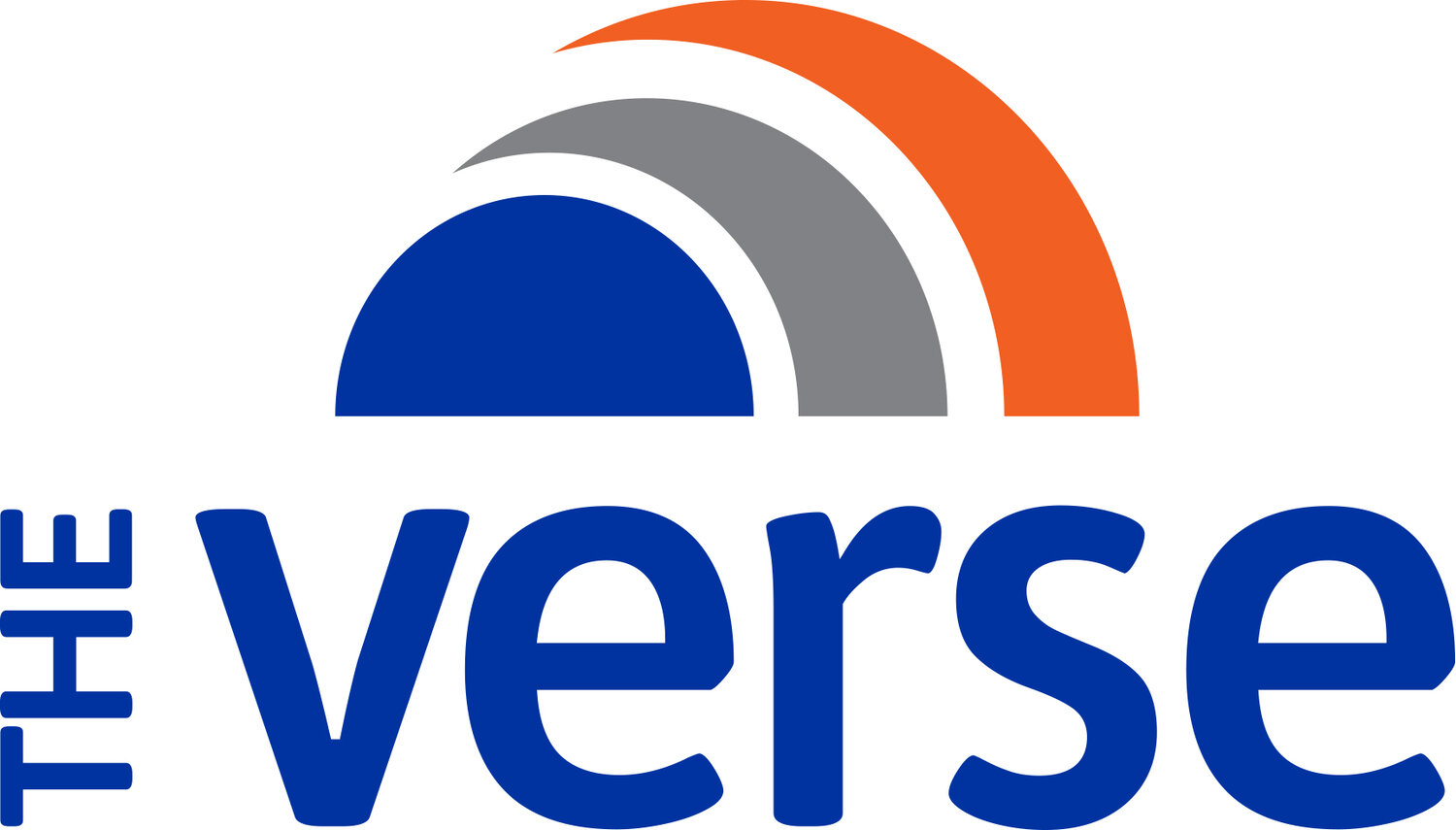Workout Tips for the Second Half
Second-half training tips.
When Kelly Slater bested a surfer half his age to take the win at Billabong Pro Pipeline, days shy of his 50th birthday, we knew older athletes were having a moment. And to that we say: “F, yeah.” Sure, there are immutable facts when it comes to our bodies’ performance past a certain age, but knowing how to switch up our training should keep us in the game for the long haul.
As trainer Jordan Couture reminds us, more and more studies show that the physiological and anatomical effects of aging are from lack of movement, versus age itself. So he’s given us 10 commandments for second-half workouts to make sure we keep it moving.
1. Shake your groove thing.
Obvi, cardio supports our heart health while reducing body fat, blood pressure and inflammation. Remember there are lots of ways to get it—swimming, walking, boxing, HIIT workouts and, yes, dancing. So think outside your running shoes.
2. Move away from the machine.
While it is OK to use an exercise machine in small doses, the body doesn’t move in pieces—so we shouldn’t train like it. Ideally, we want to integrate the upper and lower body and engage our core muscles for stabilization, which typically doesn’t happen on a machine. We also want to work in multiple planes of movement—sagittal (left and right), frontal (forward and back) and transverse (lower to upper).
3. Train your twitch.
Our fast twitch muscle fibers, used for short, powerful movements (think a sprint or jump squat) decrease with age. By incorporating these types of exercises into our workouts, our body learns to recruit them. Most importantly, they are crucial in preventing falling; that happens fast, so your muscles’ ability to quickly contract with power can better stop your fall.
4. Just move.
We constantly repeat Jordan’s smart yet simple advice: something is better than nothing. In fact, just 15 minutes of cardio daily can add an average of three years to your lifespan. Life gets busy—it’s just a reality—so don’t wait for the perfect time. Just do something (anything).
5. Ready your sets…then go.
You’ve likely read that strength training assists with bone preservation and muscle mass maintenance. It is still great to lift heavy, but important to get there in a smart way. Do some lighter sets to warm the tissue, then build to a heavier weight.
6. Form over failure.
Despite all the “work to failure” rhetoric (working to the point of muscle failure), such high levels of fatigue open you up to unnecessary, increased injury risk. Instead, focus on your form and doing fewer, better reps. When your form is degrading, there is no upside on continuing.
7. Mobility matters.
Repeat retiree Tom Brady may call it pliability, but mobility—the ability of a joint to move through its natural range of motion without discomfort—is super important as we age, elite QB or not. Jordan likes to alternate mobility exercises with strength exercises to ensure time is spent focusing on it. This isn’t to be confused with flexibility, which is the ability of soft tissues to passively stretch. These seven moves are a good place to start.
8. Plan toward progress.
Like so many other things in our lives, if you fail to plan, you should plan to fail. So make room on your calendar for your workouts, and stick to ‘em. Plan out your week so you reduce decision fatigue. It’s the best way to succeed long term; in one study, participants who wrote down their goals had a 42% increase in success of attaining them.
9. Take a rest.
Think broadly in terms of heavy and light exercise days (and keep the light days light). Listen to your body and don’t skip sleep. Get massages, stretch, foam roll, deload, take a week off—whatever helps you to recover. The point is, your recovery deserves the same attention and intention as your workouts.
10. More pain, less gain.
“No pain, no gain” is another overworn adage we can cast aside. If something hurts (note hurts, not that sort of satisfying discomfort after a great workout), your body is telling you not to do it. There are other ways to get where you’re going. If you worry about safety, think about working with a trainer. After all, nothing will be more detrimental to your progress than an injury.
